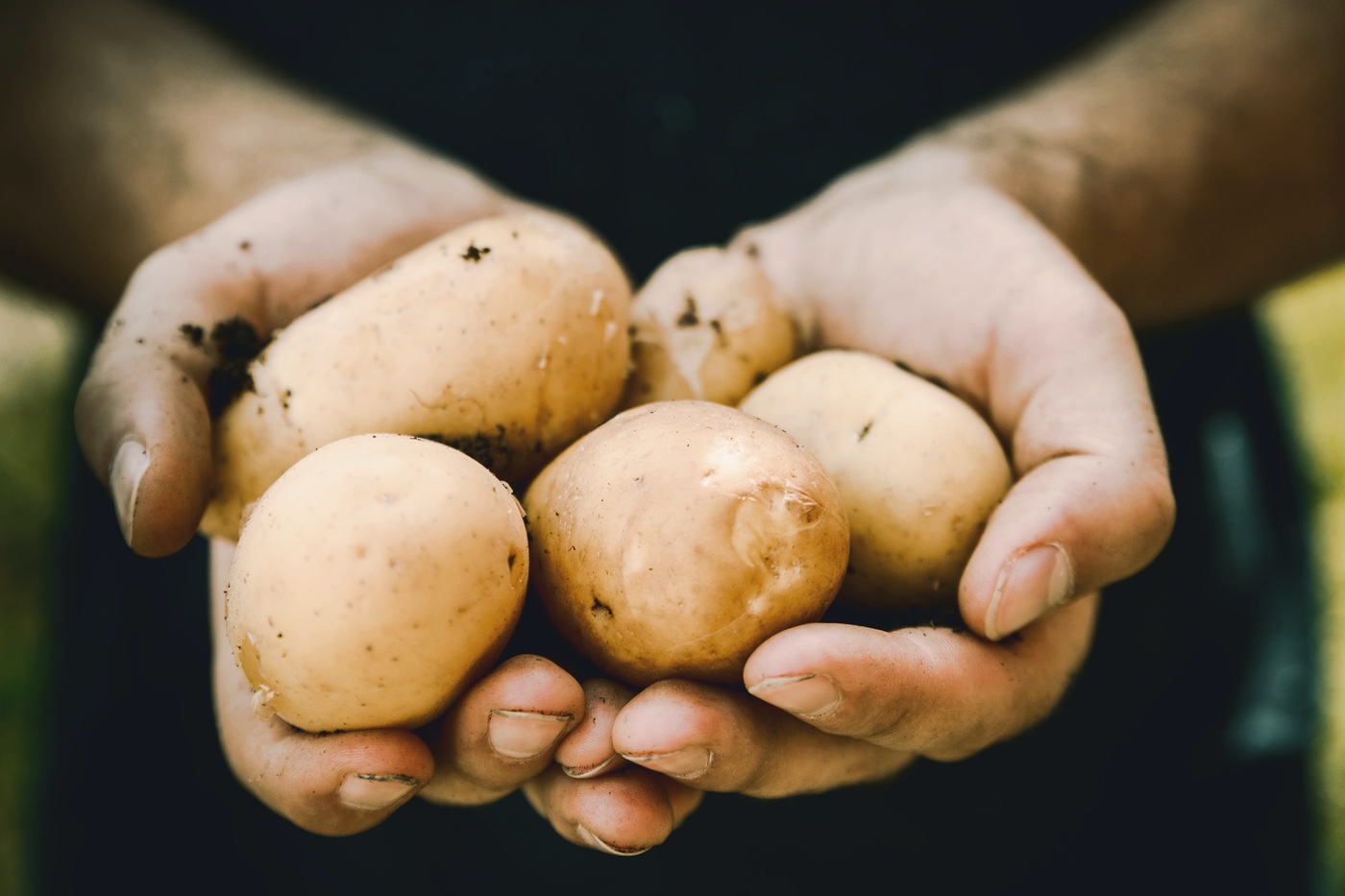From the Andes to the table: the quest to safeguard potato diversity amid climate woes

The Andes in South America is home to a rich array of potato varieties, deeply entrenched in local culture and tradition. Potato Park, located near the Peruvian town of Pisac, was established in 2002 by six indigenous communities with a primary aim: to conserve the genetic diversity of regional potatoes and the cultural legacy of the communities cultivating them.
Tammy Stenner from Asociación Andes, a non-profit supporting biodiversity and indigenous rights in Cusco, Peru, highlighted one particular potato named “the-one-that-makes-the-daughter-in-law-cry”, symbolizing the importance of intricate care in peeling without damaging its structure. This unique variety is among the more than 1,300 types found between altitudes of 3,200m and 5,000m in the Andes, varying from the conventional potatoes known in Europe and the US. These Andean varieties can be purple, pink, red, black, white, and yellow and may need specific preparation methods.
With climate change threatening crop sustainability, Potato Park’s efforts have gained heightened significance. Besides conserving diverse varieties, farmers are experimenting to determine which types can most effectively adapt to the evolving extreme conditions associated with global climate changes. Stenner emphasized, “Potatoes were domesticated in the Andes about 8,000 years ago … but it’s always been based on diversity.”
Seed banks worldwide, like the Svalbard Global Seed Vault, are vital for preserving crop diversity, but they are only part of a global framework. This network comprises peasant farmers and backyard cultivators maintaining the genetic diversity of our food. For instance, Seed Savers Exchange in Iowa, US, combines long-term seed storage and sharing with farmers and gardeners for cultivation, ensuring seeds can adapt to real-world conditions.
In the face of global warming, researchers at Potato Park discovered that optimal conditions for various potato varieties are shifting to cooler, higher altitudes. Yet, there are limits, as one community elder remarked, “You can’t grow potatoes in the sky”. Hence, farmers are redirecting their efforts, pushing potatoes to re-adapt to lower altitudes.
Source: BBC



